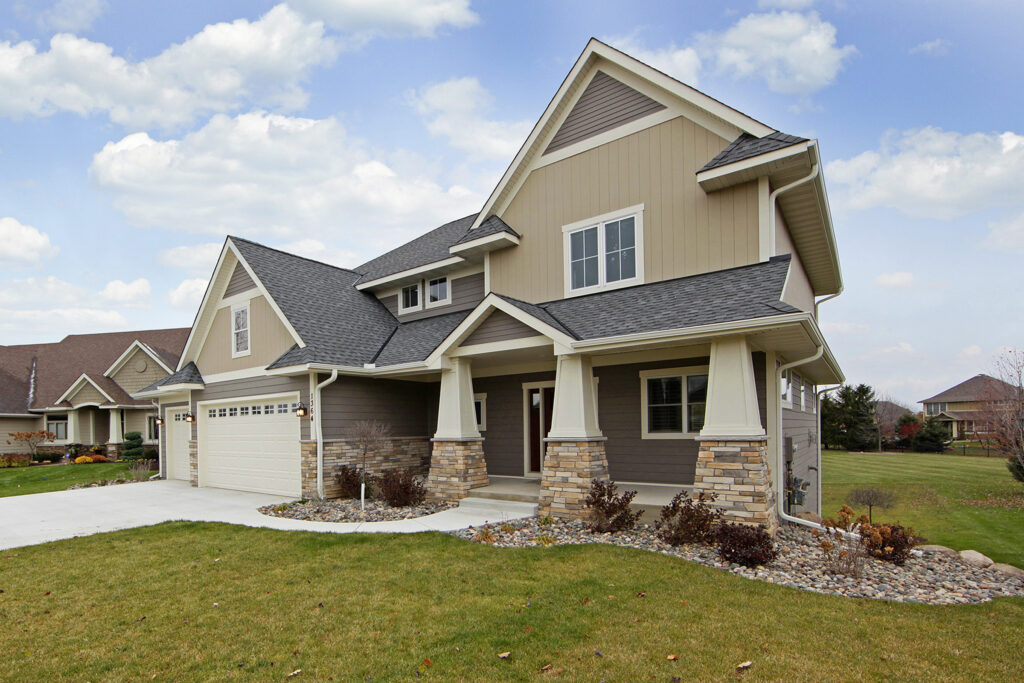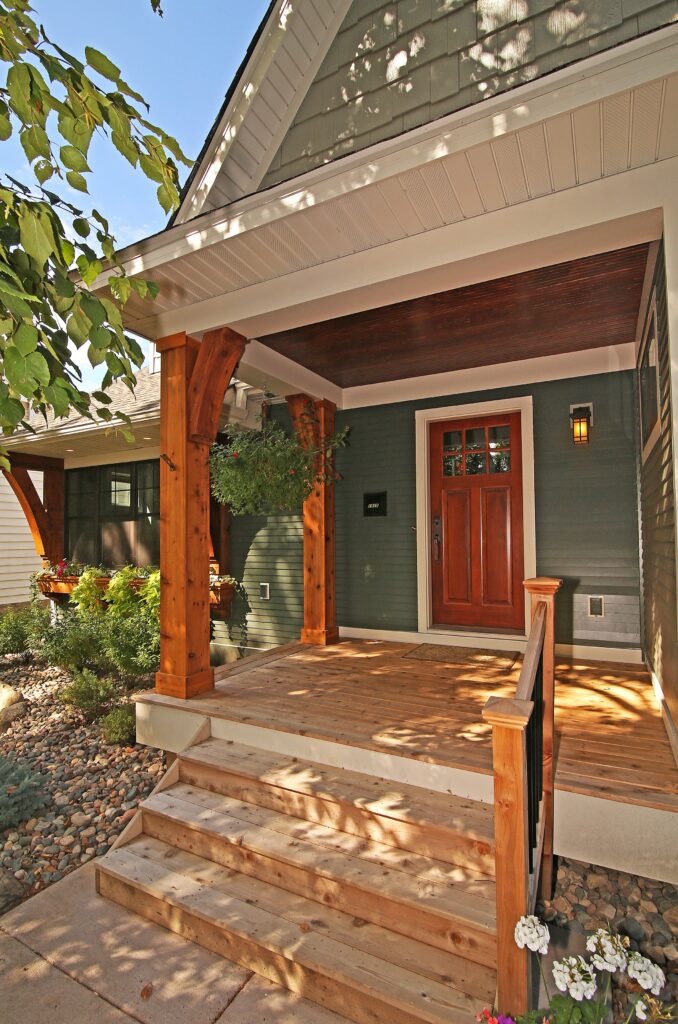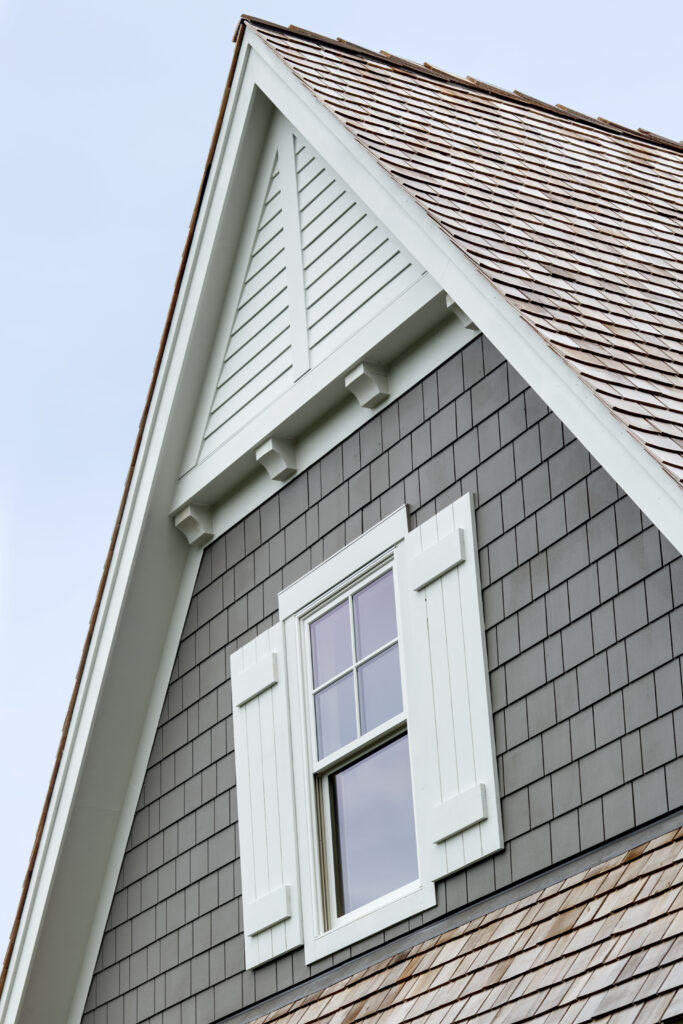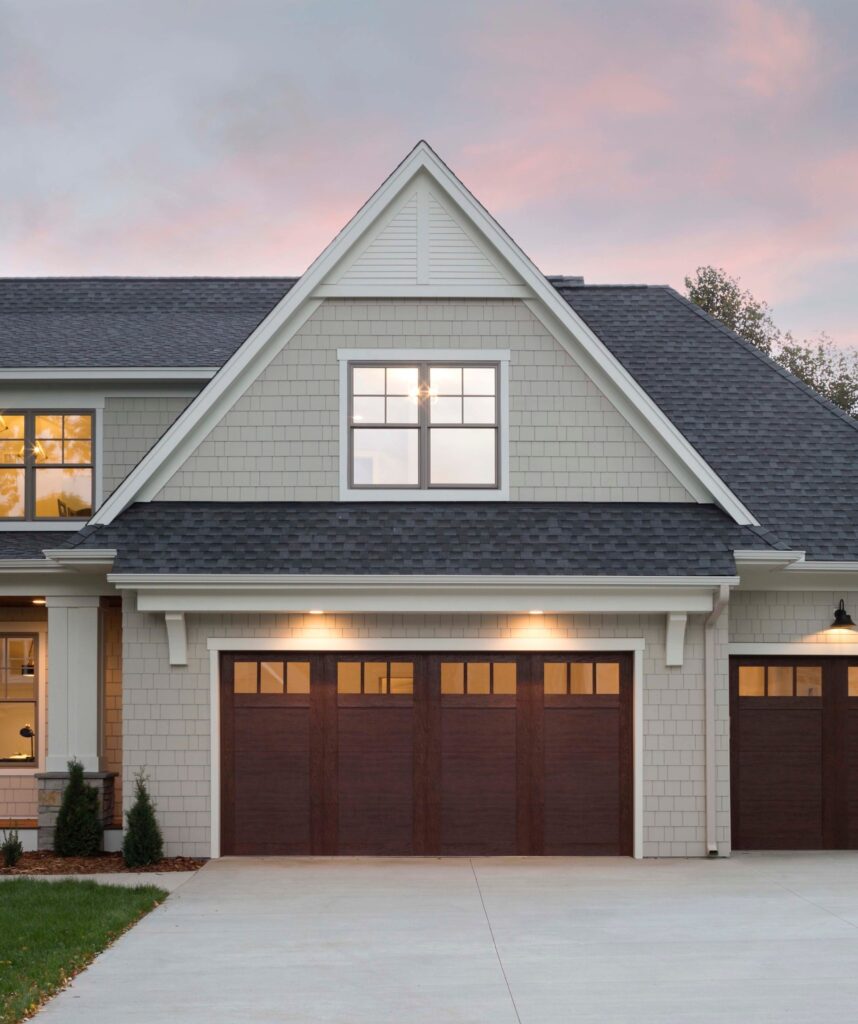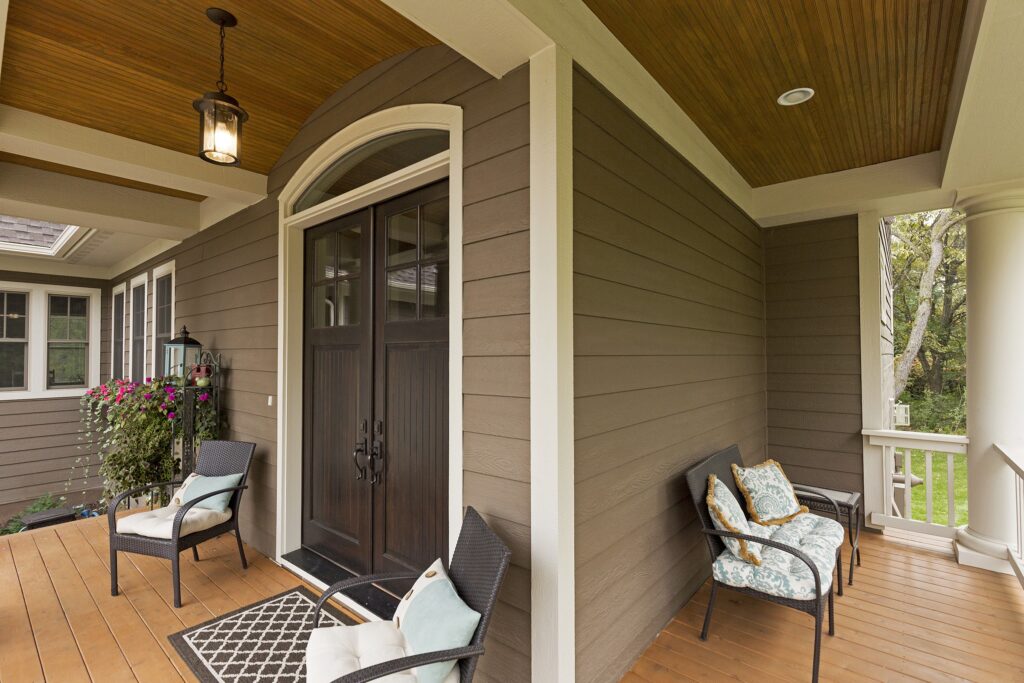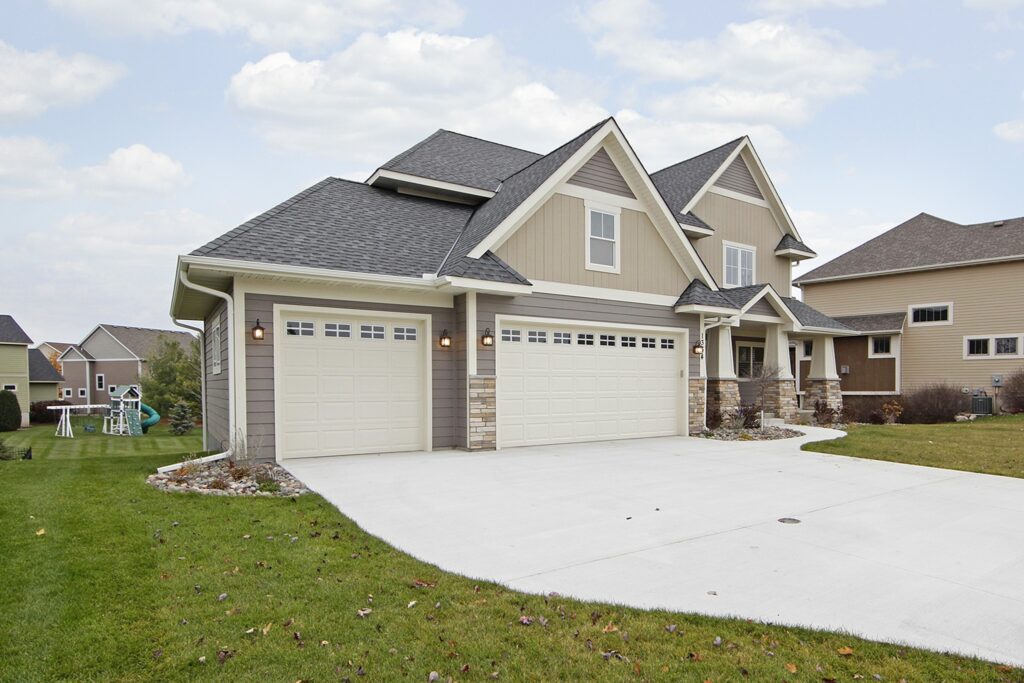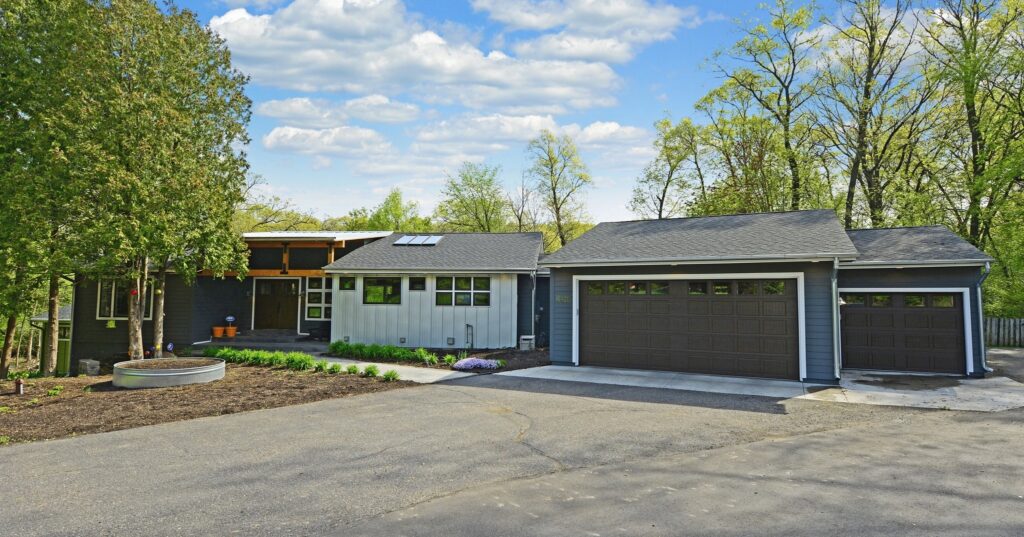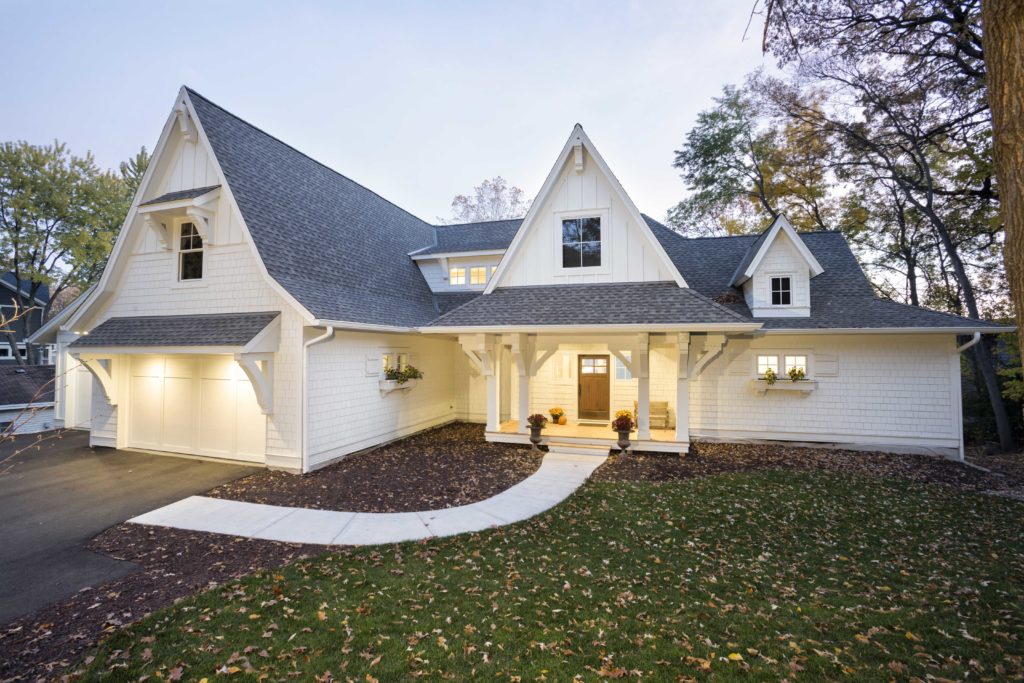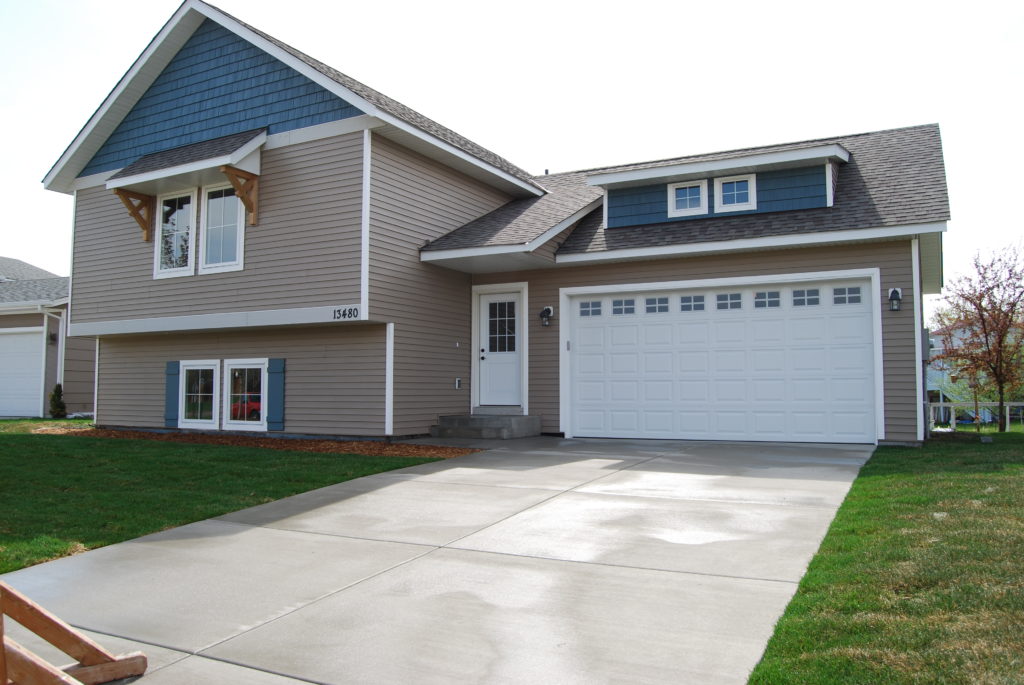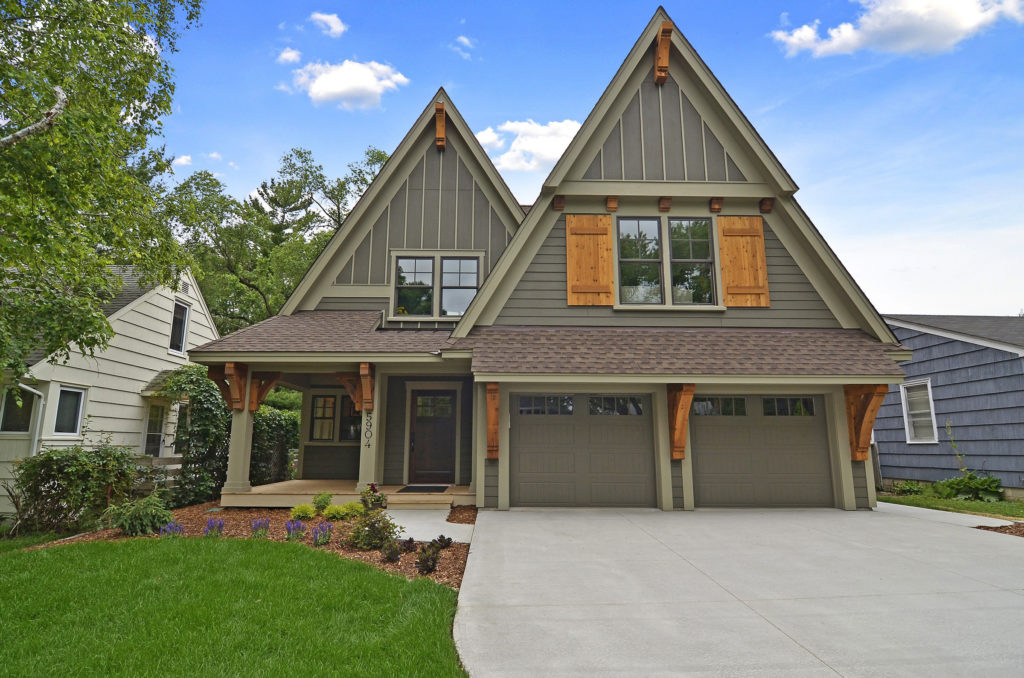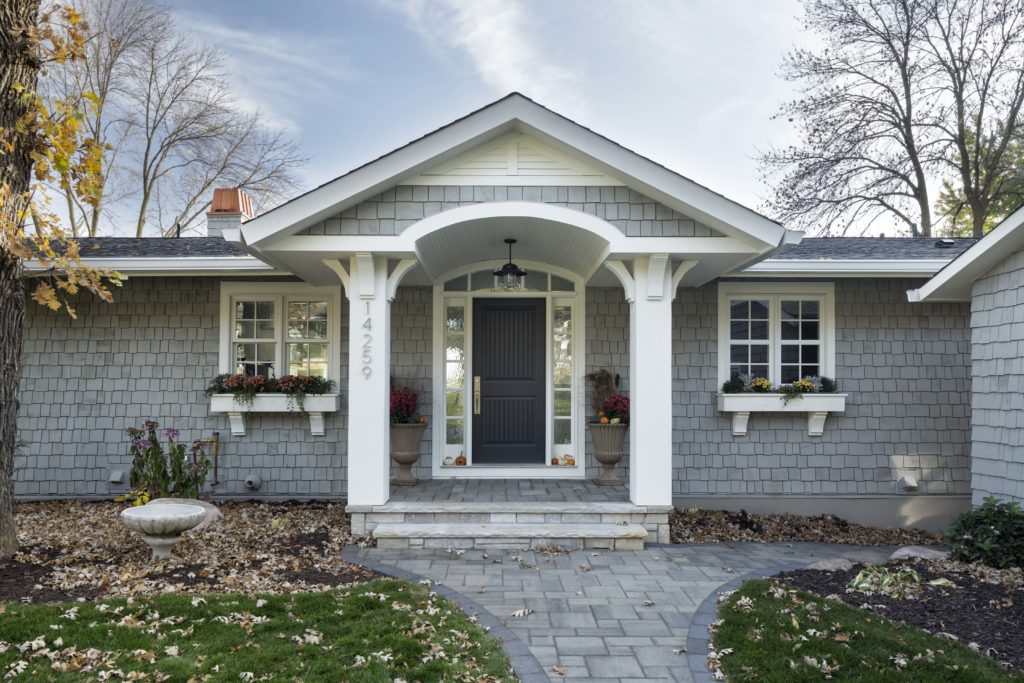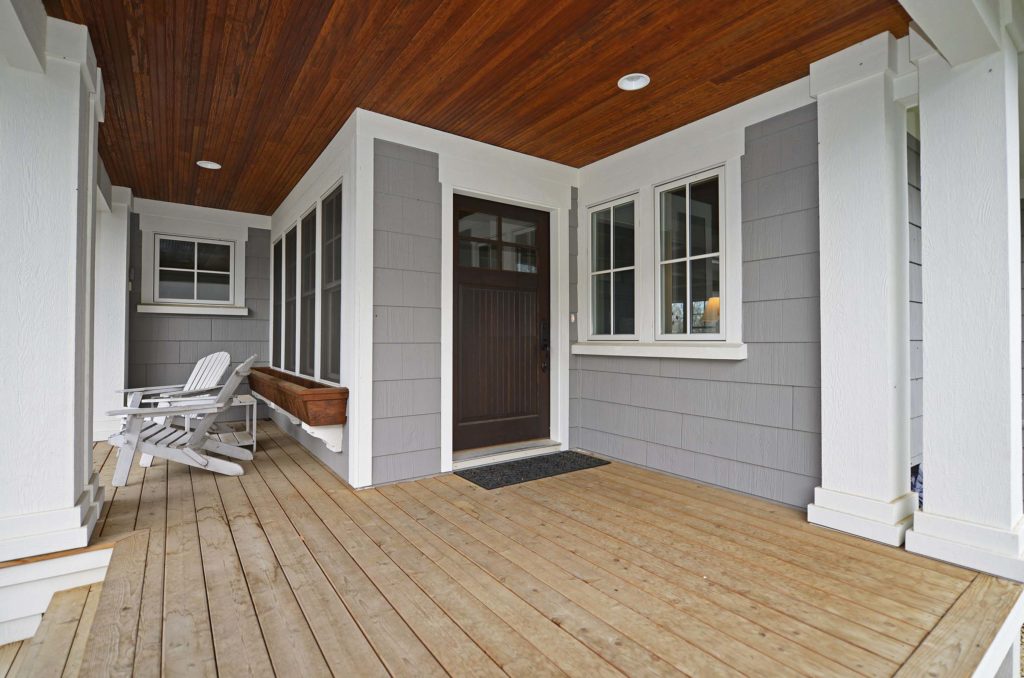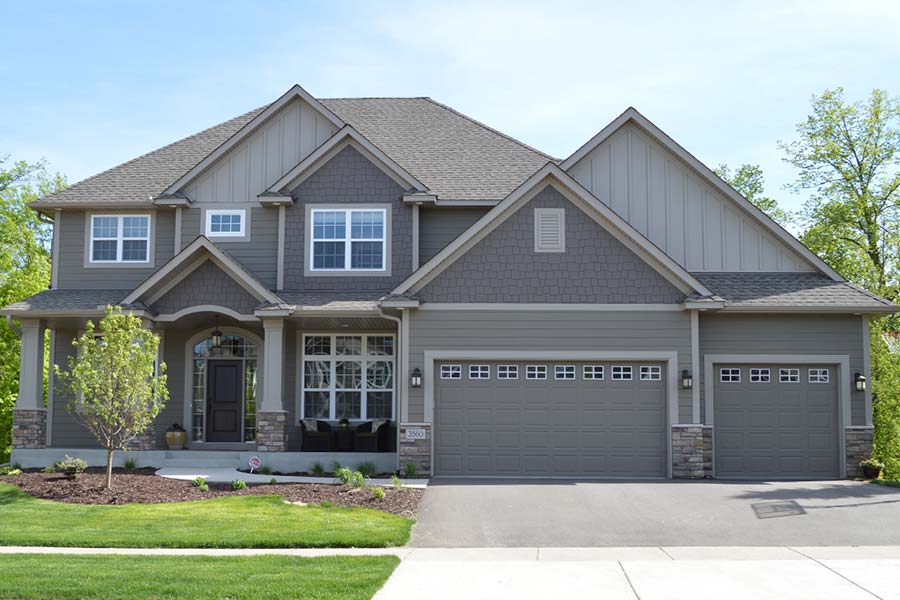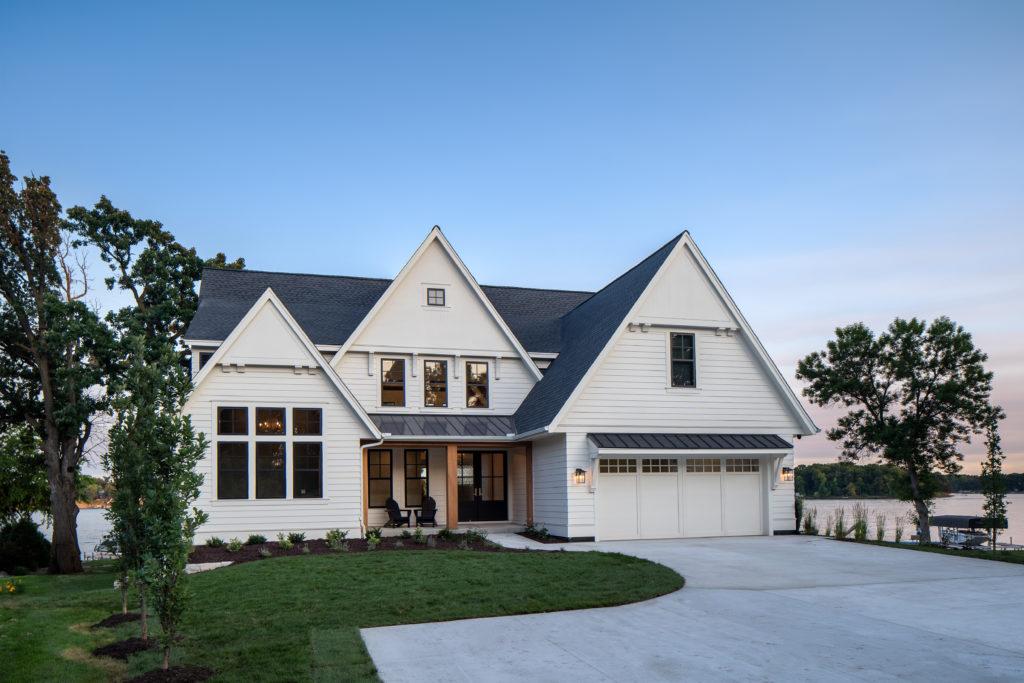Your home’s siding can be chic and stylish, but it also needs to be an effective barrier against all elements. Our team of qualified experts will help you find the right siding material that will provide long-lasting protection and defense from storm and hail damage.
Siding Repair & Replacement
Whether you need total siding replacement or just a little advice—we can help.
Protect Your Home
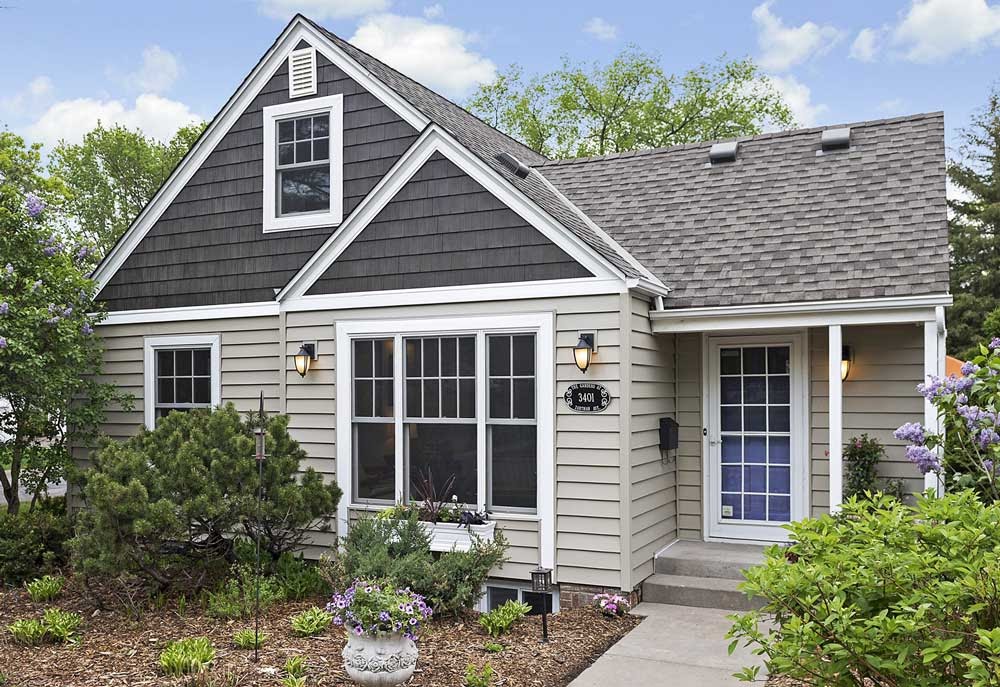
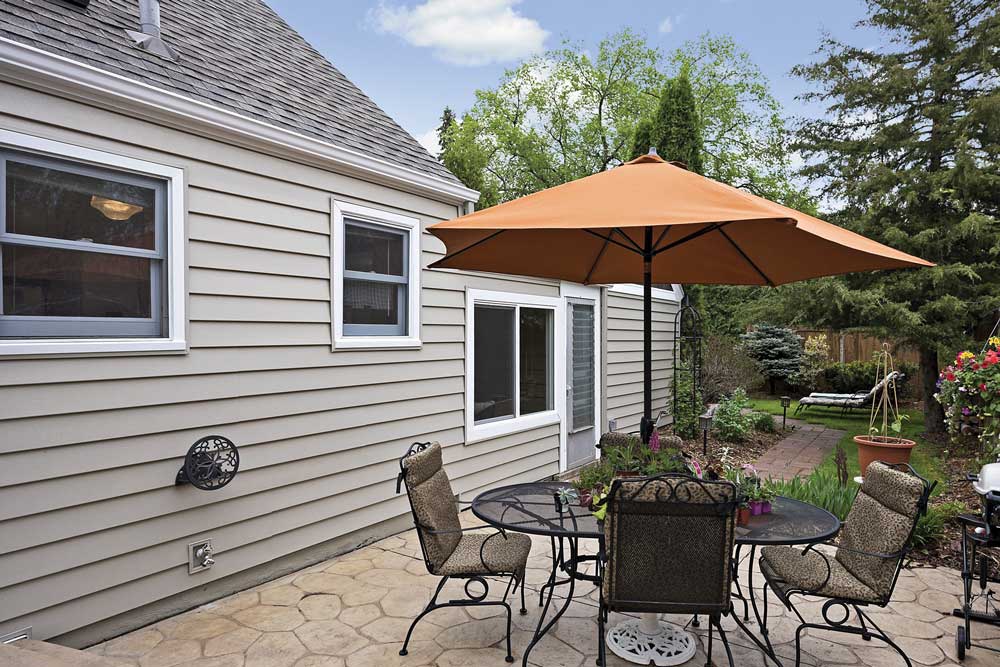
Siding Replacement
Siding is a critical asset to your home. It protects and shields you from all the elements that cause damage, moderates your home’s temperature, and improves your curb appeal. If you notice damaged siding such as cracked or warped boards, mold or fungus growth, bubbles under the siding surface, or high utility bills, it could be time to replace your siding. We’ll inspect your siding for free and help you file any insurance claims you might have.
Types of Siding
Each siding material has unique benefits. Our knowledgeable staff can show you samples and discuss the alternatives that will best fit your needs.
- wood siding
- composite siding (LP SmartSide® wood fiber)
- fiber cement siding
- vinyl siding
- steel siding systems
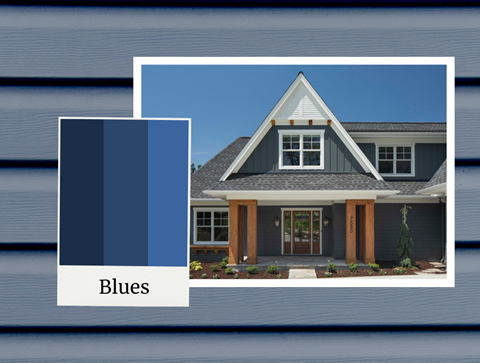
Top Siding Colors
See the top five siding color trends for this year along with examples of our favorite shades of each!
Your Trusted Home Siding Contractor
Siding installation requires a lot of precision. Pieces need to be perfectly measured and installed in order to look appealing and to protect your home. We offer professional siding installation for your home. Our team is licensed (License #BC635403), insured, and backed by warranty. We have over a decade of experience in residential and commercial siding installation.



